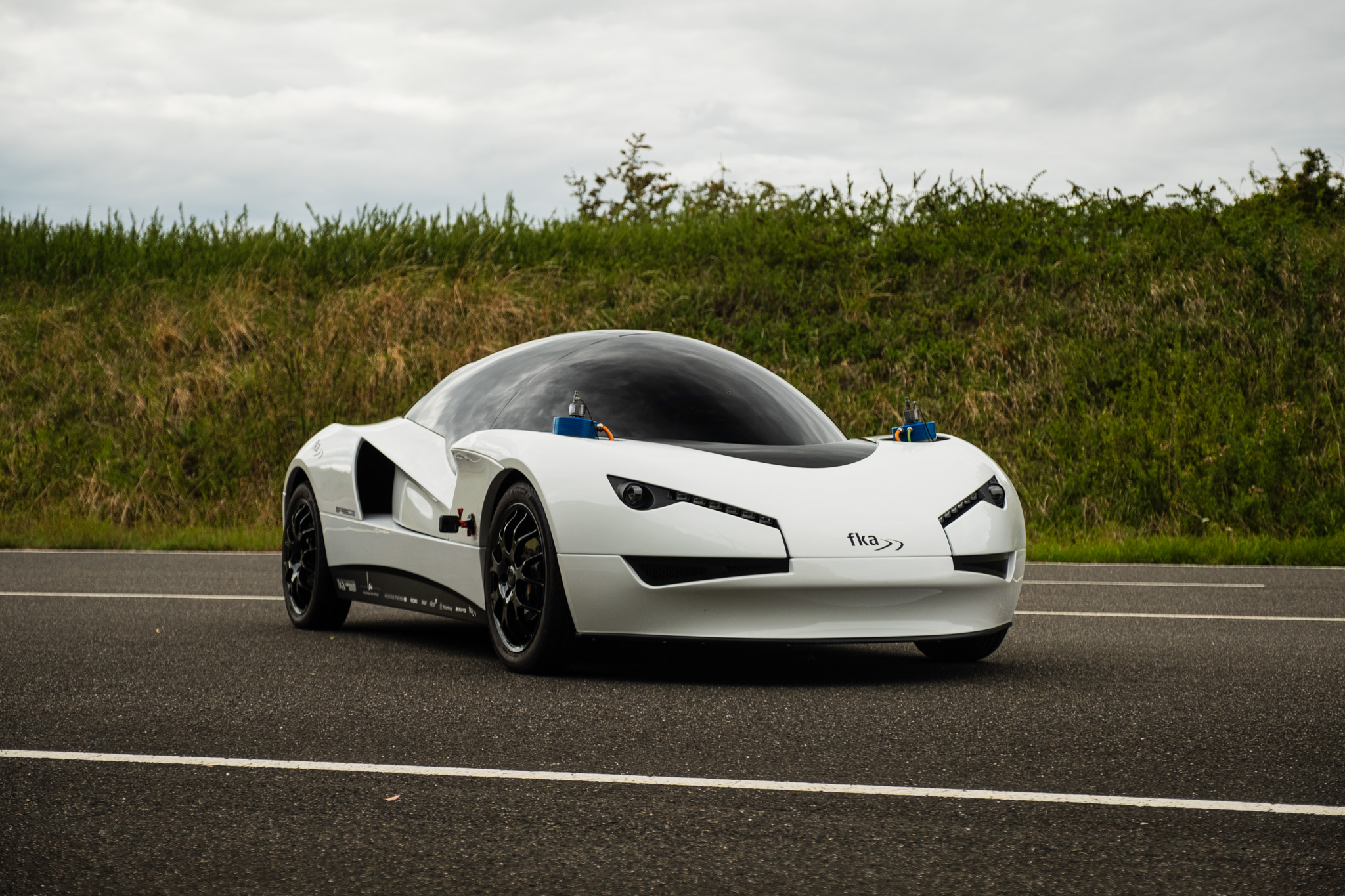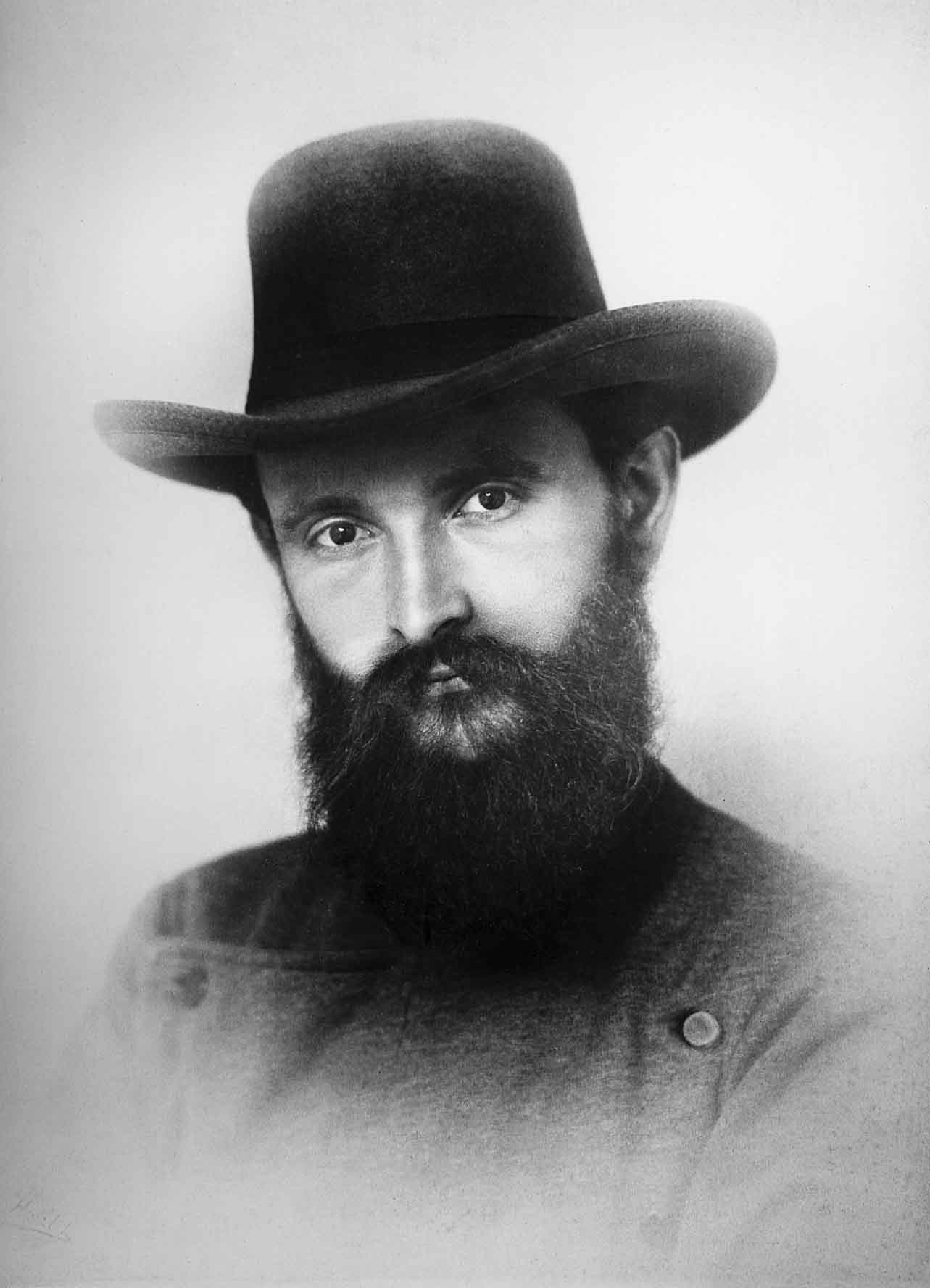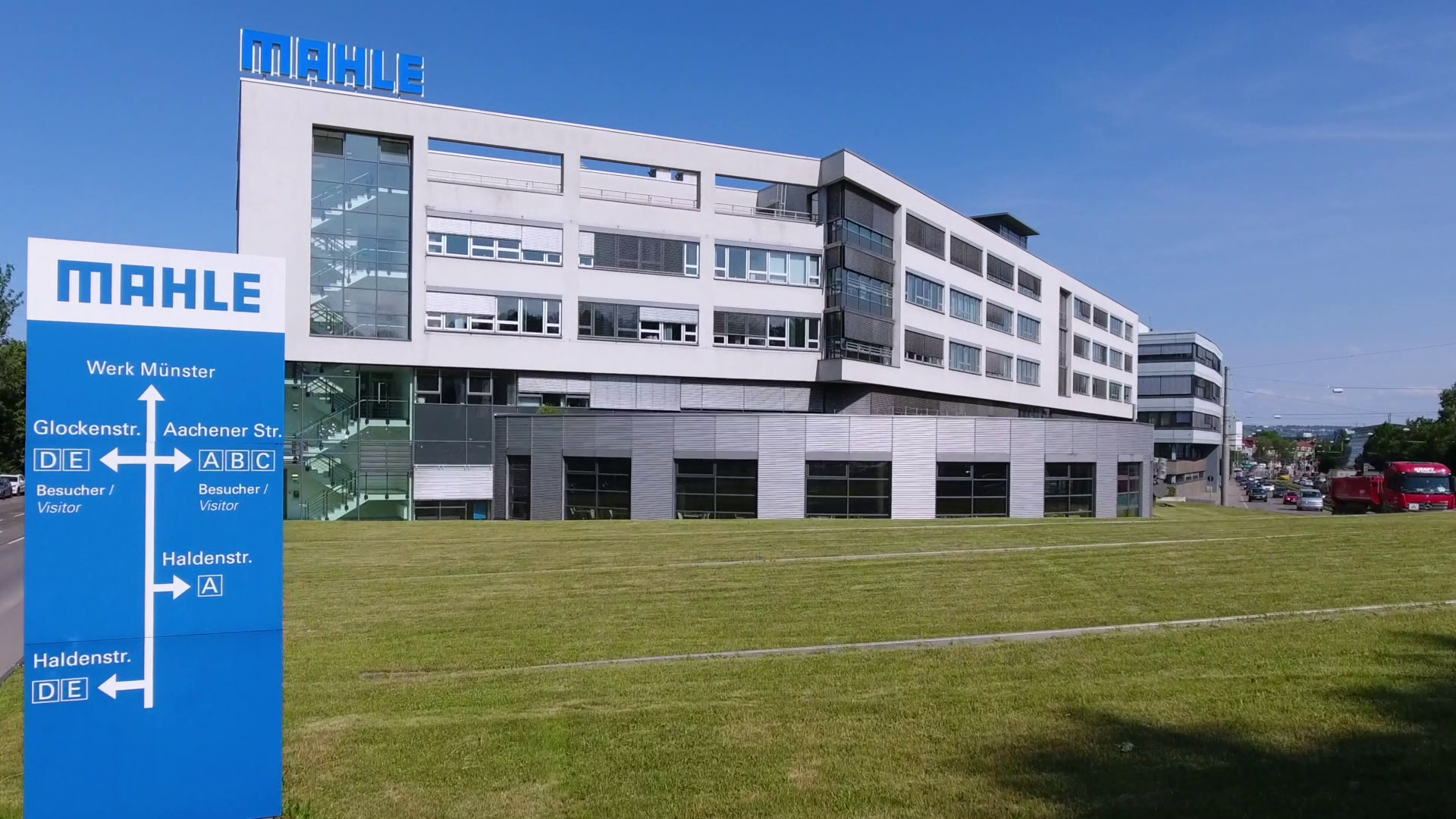|
IKCO EF Engines
IKCO EF Engines, also known as National Engines, are a family of four-cylinder engines produced by the Iranian car manufacturer Iran Khodro (IKCO). The first engines in this family, the EF7 series, were designed jointly by Iran Khodro Powertrain Company (IPCO) and F.E.V GmbH of Germany. The later models were designed by IPCO alone. IPCO is the powertrain design and production company of IKCO. The first phase of the IKCO EF Engines project, the EF7 Dual-Fuel, had an estimated cost of and aimed to supply 800,000 powertrains by 2010. Most EF engines share a set of common parts. The EF4 and EF7 are bi-fuel engines that primarily use compressed natural gas (CNG) but can also operate on gasoline. The EFD is a single-fuel diesel engine. The EF family dual-fuel and petrol-fuel engines have achieved the Euro IV emission standard and can achieve the Euro V emission standard with some minor changes. EFD will be the first engine of the family already conforming to Euro IV emission stan ... [...More Info...] [...Related Items...] OR: [Wikipedia] [Google] [Baidu] |
Iran Khodro
Iran Khodro (, ''Irān Xodro''), branded as IKCO, is an Iranian automaker headquartered in Tehran. IKCO was founded in 1962 as Iran National (, ''Irān Nāsionāl''). The public company manufactures vehicles, including Samand, Peugeot and Renault cars, and trucks, minibuses and buses. As of 2009, it produced 688,000 passenger cars per year. History and development Name The word ''khodro'' () means "automobile" in Persian, hence Iran Khodro means "Iran Automobile". Founding Iran Khodro was founded on August 29, 1962. Structure Iran Khodro Industrial Group (IKCO) is a public joint stock company with the objective of creation and management of factories to manufacture various types of vehicles and parts as well as selling and exporting them. Size and production The company has become the largest vehicle manufacturer in the Middle East, Central Asia and North Africa. In Iran, it is the largest vehicle manufacturing company, having an average share of 65 percent of domestic ve ... [...More Info...] [...Related Items...] OR: [Wikipedia] [Google] [Baidu] |
Powertrain
In a motor vehicle, the powertrain comprises the main components that generate engine power, power and deliver that power to the road surface, water, or air. This includes the internal combustion engine, engine, transmission (mechanics), transmission, drive shafts, differential (mechanics), differentials, and the final drive (drive wheels, continuous track as in military tanks or caterpillar tractors, propeller, etc.). Hybrid powertrains also include one or more electric traction motors that operate to drive the vehicle wheels. All-electric vehicles ("electric cars") eliminate the engine altogether, relying solely on electric motors for propulsion. Occasionally the term powerplant is casually used to refer to the engine or, less often, the entire powertrain. A motor vehicle's driveline or drivetrain consists of the parts of the powertrain excluding the engine. It is the portion of a vehicle, after the prime mover (locomotive), prime mover, that changes depending on whether a v ... [...More Info...] [...Related Items...] OR: [Wikipedia] [Google] [Baidu] |
Stroke (engine)
In the context of an internal combustion engine, the term stroke has the following related meanings: * A phase of the engine's cycle (e.g. compression stroke, exhaust stroke), during which the piston travels from top to bottom or vice versa. * The type of power cycle used by a piston engine (e.g. two-stroke engine, four-stroke engine). * "Stroke length", the distance travelled by the piston during each cycle. The stroke length, along with bore diameter, determines the engine's displacement. Phases in the power cycle Commonly used engine phases or strokes (i.e. those used in a four-stroke engine) are described below. Other types of engines can have very different phases. Induction-intake stroke The induction stroke is the first phase in a four-stroke (e.g. Otto cycle or Diesel cycle) engine. It involves the downward movement of the piston, creating a partial vacuum that draws an air-fuel mixture (or air alone, in the case of a direct injection engine) into the combustion ... [...More Info...] [...Related Items...] OR: [Wikipedia] [Google] [Baidu] |
Cylinder Bore
In a piston engine, the bore (or cylinder bore) is the diameter of each cylinder. Engine displacement is calculated based on bore, stroke length and the number of cylinders: displacement = The stroke ratio, determined by dividing the bore by the stroke, traditionally indicated whether an engine was designed for power at high engine speeds ( rpm) or torque at lower engine speeds. The term "bore" can also be applied to the bore of a locomotive cylinder or steam engine pistons. In steam locomotives The term bore also applies to the cylinder of a steam locomotive or steam engine. Bore pitch Bore pitch is the distance between the centerline of a cylinder bore to the centerline of the next cylinder bore adjacent to it in an internal combustion engine. It's also referred to as the "mean cylinder width", "bore spacing", "bore center distance" and "cylinder spacing". The bore pitch is always larger than the inside diameter of the cylinder (the bore and piston diameter) sinc ... [...More Info...] [...Related Items...] OR: [Wikipedia] [Google] [Baidu] |
Variable Valve Timing
Variable valve timing (VVT) is the process of altering the timing of a Poppet valve, valve lift event in an internal combustion engine, and is often used to improve performance, fuel economy or emissions. It is increasingly being used in combination with variable valve lift systems. There are many ways in which this can be achieved, ranging from mechanical devices to electro-hydraulic and camless systems. Increasingly strict emissions regulations are causing many automotive manufacturers to use VVT systems. Two-stroke cycle, Two-stroke engines use a Two-stroke power valve system, power valve system to get similar results to VVT. Background theory The valves within an internal combustion engine are used to control the flow of the intake and exhaust gases into and out of the combustion chamber. The timing, duration and lift of these valve events has a significant impact on engine performance. Without variable valve timing (variable valve lift), the valve timing is the same for all ... [...More Info...] [...Related Items...] OR: [Wikipedia] [Google] [Baidu] |
PSA TU Engine
The TU family of small Straight-four engine, inline-four Reciprocating engine, piston engines by PSA Peugeot Citroën were introduced in 1986 and used in the Peugeot and Citroën range of cars. It was first installed in the Citroën AX in October 1986, replacing the PSA X engine, X family, although it shared many components with its predecessor. The TU is available in either petrol or a naturally aspirated Diesel engine, diesel variant, the latter called TUD. The TU engine is distantly related to the older X-Type engine — sharing a similar overhead camshaft architecture, but the key differences are the belt driven camshaft (the X is chain driven), and that the TU is mounted in a conventional upright position with a separate, end-on mounted transmission and unequal length drive shafts. The X engine, by comparison, had an integral transmission mounted on the side of the crankcase (giving rise to its popular nickname the "suitcase engine"), sharing a common oil supply and was moun ... [...More Info...] [...Related Items...] OR: [Wikipedia] [Google] [Baidu] |
Drive By Wire
Drive by wire or DbW in the automotive industry is the technology that uses electronics or electro-mechanical systems in place of mechanical linkages to control driving functions. The concept is similar to fly-by-wire in the aviation industry. Drive-by-wire may refer to just the ground propulsion, propulsion of the vehicle through electronic throttle control, or it may refer to electronic control over propulsion as well as steering and braking, which separately are known as steer by wire and brake by wire, along with electronic control over other vehicle driving functions. Driver input is traditionally transferred to the motor, wheels, and brakes through a mechanical linkage attached to controls such as a steering wheel, car controls#Throttle control, throttle pedal, hydraulic brake pedal, parking brake#Pedal or pull handle, brake pull handle, and so on, which apply mechanical forces. In drive-by-wire systems, driver input does not directly adjust a mechanical linkage, instead th ... [...More Info...] [...Related Items...] OR: [Wikipedia] [Google] [Baidu] |
Engine Control Unit
An engine control unit (ECU), also called an engine control module (ECM), is a device that controls various subsystems of an internal combustion engine. Systems commonly controlled by an ECU include the fuel injection and ignition systems. The earliest ECUs (used by aircraft engines in the late 1930s) were mechanical-hydraulic units; however, most 21st-century ECUs operate using digital electronics. Functions The main functions of the ECU are typically: * Fuel injection system * Ignition system * Idle speed control (typically either via an idle air control valve or the electronic throttle system) * Variable valve timing and/or variable valve lift systems The sensors used by the ECU include: * accelerator pedal position sensor * camshaft position sensor * coolant temperature sensor * crankshaft position sensor * knock sensors * inlet manifold pressure sensor ( MAP sensor) * intake air temperature * intake air mass flow rate sensor ( MAF sensor) * oxygen (lambda) s ... [...More Info...] [...Related Items...] OR: [Wikipedia] [Google] [Baidu] |
Robert Bosch GmbH
Robert Bosch GmbH (; ), commonly known as Bosch (styled BOSCH), is a German multinational engineering and technology company headquartered in Gerlingen, Baden-Württemberg, Germany. The company was founded by Robert Bosch in Stuttgart in 1886. Bosch is 94% owned by the Robert Bosch Stiftung, a charitable institution. Although the charity is funded by owning the vast majority of shares, it has no voting rights and is involved in health and social causes unrelated to Bosch's business. Bosch's core operating areas are spread across four business sectors: mobility (hardware and software), consumer goods (including household appliances and power tools), industrial technology (including drive and control) and energy and building technology. In terms of revenue, Bosch is the largest automotive supplier. History 1886–1920 The company started in a backyard in Stuttgart-West as the (Workshop for Precision Mechanics and Electrical Engineering) on 15 November 1886. The next ... [...More Info...] [...Related Items...] OR: [Wikipedia] [Google] [Baidu] |
Mahle GmbH
MAHLE GmbH is a German automotive parts manufacturer based in Stuttgart, Germany. It is one of the largest automotive suppliers worldwide. As a manufacturer of components and systems for the combustion engine and its periphery, the company is one of the three largest systems suppliers worldwide for engine systems, filtration, electrics, mechatronics, and thermal management. In 2018, Mahle's sales amounted to over €12.5 billion. , its approximately 72,000 employees work in 152 production plants and 12 major research and development centers in Germany, Great Britain, the United States, Brazil, Japan, China, India, Poland, Romania, Spain, and Slovenia. Worldwide, over 6000 development engineers and technicians work as partners for Mahle's customers on new products and systems. History Formation In 1920, engineer and pilot Hellmuth Hirth established a small workshop in Bad Cannstatt with others, where he developed and constructed a two-stroke engine. 26-year-old Hermann Ma ... [...More Info...] [...Related Items...] OR: [Wikipedia] [Google] [Baidu] |
Variable Valve Timing
Variable valve timing (VVT) is the process of altering the timing of a Poppet valve, valve lift event in an internal combustion engine, and is often used to improve performance, fuel economy or emissions. It is increasingly being used in combination with variable valve lift systems. There are many ways in which this can be achieved, ranging from mechanical devices to electro-hydraulic and camless systems. Increasingly strict emissions regulations are causing many automotive manufacturers to use VVT systems. Two-stroke cycle, Two-stroke engines use a Two-stroke power valve system, power valve system to get similar results to VVT. Background theory The valves within an internal combustion engine are used to control the flow of the intake and exhaust gases into and out of the combustion chamber. The timing, duration and lift of these valve events has a significant impact on engine performance. Without variable valve timing (variable valve lift), the valve timing is the same for all ... [...More Info...] [...Related Items...] OR: [Wikipedia] [Google] [Baidu] |
Schaeffler Group
Schaeffler Technologies AG & Co. KG, also known as the Schaeffler Group (''Schaeffler-Gruppe'' in German), is a German manufacturer of rolling element bearings for automotive, aerospace and industrial uses, including the FAG brand. It was founded in 1946 by brothers Dr. Wilhelm and Dr.-Ing. E. h. Georg Schaeffler. As of 2021, the firm was majority owned by Maria-Elizabeth Schaeffler-Thumann and her son Georg F. W. Schaeffler through a series of holding companies. These holding companies, controlled by the Schaeffler family, also own controlling interests in Continental AG and Vitesco Technologies. Schaeffler Group owns the brands INA, FAG, and LuK. In Germany, these main brands are marketed by Schaeffler Technologies AG & Co. KG and LuK GmbH & Co. oHG. Schaeffler has an Indian subsidiary, Schaeffler India, which is publicly listed on the National Stock Exchange of India and the Bombay Stock Exchange. History 1883-1939 In 1883, Friedrich Fischer of Schweinfurt designe ... [...More Info...] [...Related Items...] OR: [Wikipedia] [Google] [Baidu] |








